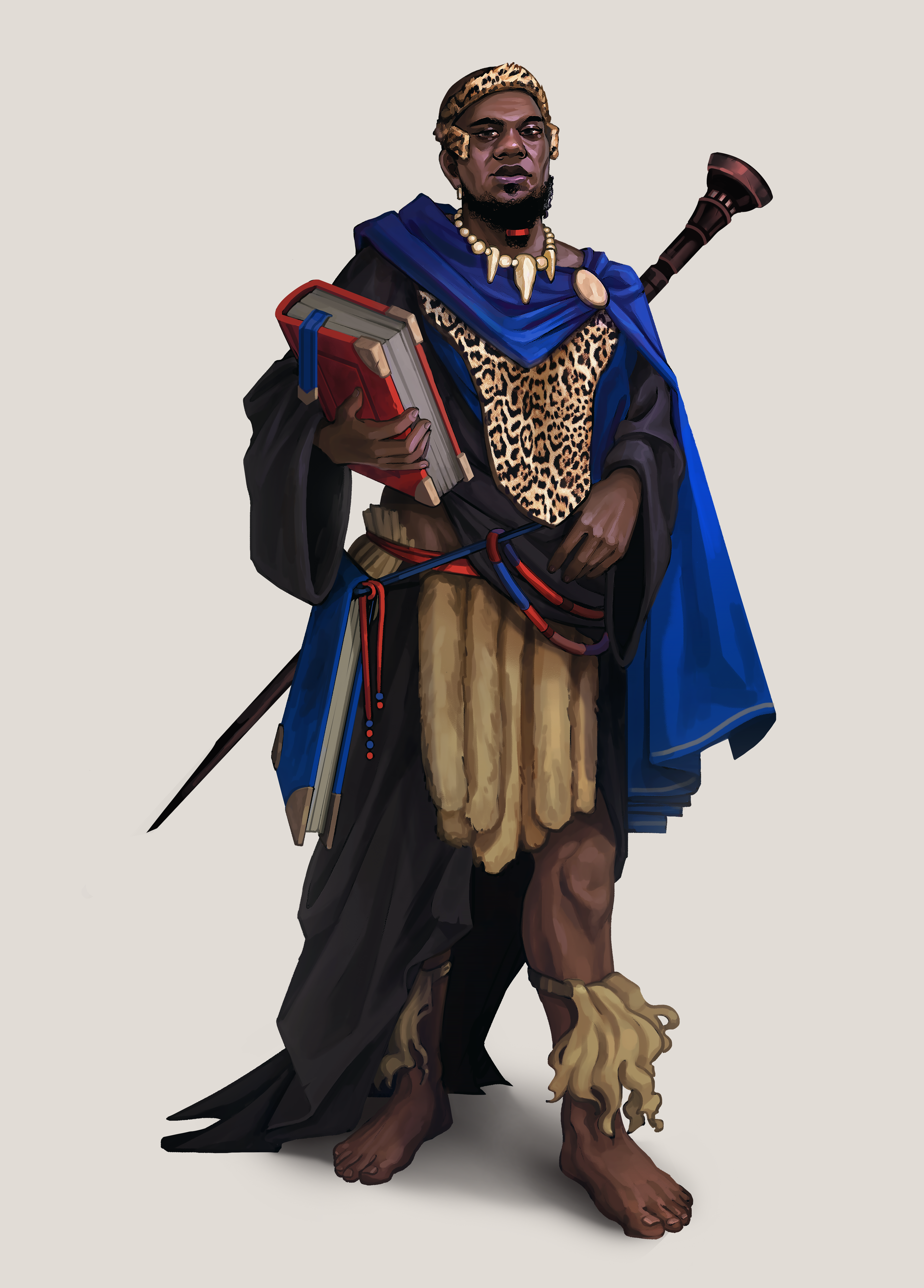Before elves and divergent humanoids existed, mankind claimed this ancient world as their home. Years of hardship and destruction have only strengthened humanity as it seeks new horizons and carves its legacy into the earth.
Pondering Mankind's Beginnings
Unlike the other races of
Nostrina, the origins of mankind are murky at best. The most recognized theory is that humankind emerged around the first year of the Ancestral Era in central Imbelek. However, this fails to account for human settlements in the early years of the era in lands far from Imbelek, which early humans would've struggled to reach in these early years. In the first century of the Ancestral Era, evidence of human habitation has been found in places like Krallum and modern-day Diorung, which has given credence to more modern theories that suggest that humans emerged sometime in the late Primeval Era. However, this suggestion has faced scrutiny by some researchers who have pointed out that no evidence of human habitation dating to the Primeval Era has been found.
Another position some have taken on this matter is that mankind is not originally from Nostrina. Proponents of this idea state that the Harranai were the first humans to come to Nostrina from a different world, with other groups arriving in different regions soon after. An alternative spin on this theory is that humans were placed on Nostrina by higher beings or an advanced race from another realm. The evidence for these claims is either flimsy or wrapped up in the creation myths of various cultures. As such, many researchers pay little heed to these proposals, although they have found popularity among underground subcultures formed by rejected scholars.
The Harranai of Imbelek
Along the banks of the Kutomaisha river, the Harranai people of central Imbelek built what is believed to be the first city of Nostrina around circa 400 AE. Known as Salahali, the city was built along the banks of the Maitoaji River in the northern regions of Igberile. Based on archeological excavations, Salahali supported infrastructure quite advanced for its time, including a functional sewer system, organized roadways, and well-thought-out city planning. It would take centuries for other civilizations to match the skill that went into the construction of Salahali, sparking rumors that the Harranai were helped by extradimensional beings.
Sadly, calamity stuck this ancient city, one that nearly wiped out the Harranai people. Sometime around 2242 AE, an exceptionally dangerous dragon known as a Raedta unleashed an apocalyptic flurry of lighting upon the unsuspecting city. The few survivors of this brutal attack fled the destruction and scattered all across Imbelek. Salahali, once known as a place of safety and refuge, had become a site of sorrow. The horrific assault was seared into the memory of the scattered human tribes. The Raedta would secure its place in the legends and culture of many groups across Imbelek as a threat far beyond what humans could ever hope to conquer.
Despite the great tragedy that befell the Harranai, traces of their ancient culture linger among the modern peoples of Imbelek. Nations like Ardyatu and Yunkubir speak a modified version of the Harranai language, Mzelimi. Many customs and traditions survive among the Igberi and Olorrig peoples in central Imbelek. Most significantly, however, the Ibuhessi empire, credited as the first and longest-lasting empire in all of Nostrina, can trace its roots back to Harranai refugees and nomads who crossed the Iwodi mountains following the city's destruction.
Humanity in the Second Era
Mankind continues to be the dominant species on Nostrina, making up around 65% of the world's total population. However, as time marches on, the prospect of humanity losing its dominance to one of the elven races or the divergent humanoid species like the
Steachi has been the source of discontent and conflict throughout Nostrina. Some radical groups believe that humankind as a whole may soon become extinct as the so-called "mongrel races" overtake them. As of the year 215 2E, these groups are small and insignificant, though the possible threat they pose lingers in the minds of those attempting to make sense of the erratic world they live in now.




Comments